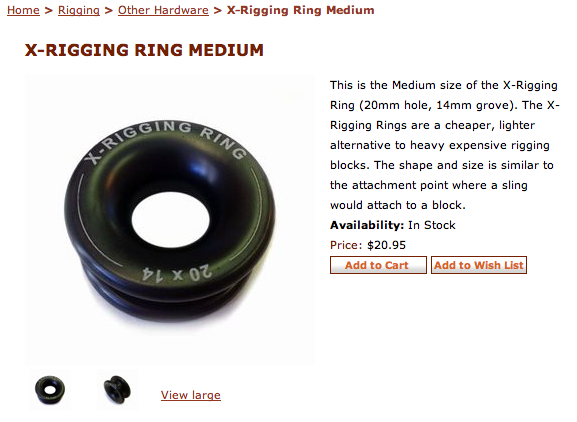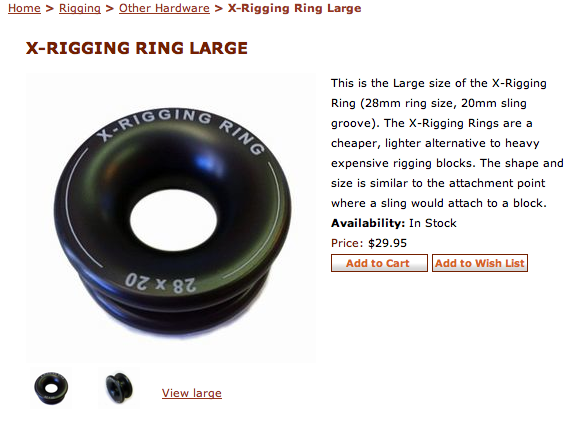Fishing pole rigging is not best illustrated on a vertical spar. The best way to demonstrate it on a vertical spar was, IMO, to super overload a skinny pole.
This is not for day to day rigging on vertical spars. If you have to tie into a smaller live tree or high line nearby a dead skinny thing, and take a big top, as it is as high as you can get due to your TIP, it can help. The more fishing pole eyes, the better. It would have been interesting to see that 900 pound log on that spar with triple the number of eyes (other, lighter weight rings, snugged up to the trunk maximally would have been sufficient).
The wobble from a piece slamming the trunk is different from the push back and pull forward of a hinged top going over. As pointed out, IIRC, in Art and Science of Practical Rigging, an bird beak 70-90 degree facecut is the best for tops, as is results is less push back and pull forward. Most trees I work on, it doesn't matter, and what's a little ride, anyhow. Plus, when I have an expected larger ride, like a tall and skinny thing, I leave some dampening branches on the stem below the facecut and maybe lower on the stem. Again, an exception.
As a fishing pole redirect, there are a lot of things that would suffice, that are probably already in the bag.
For a light rigging point, bigger than a carabiner and burlier than a small pulley, the X ring(s) could be good. Blocks and full sized slings are bulky. A big ring spliced on smaller tenex for light rigging could offer compactness, lightweight, and a decent (better than biner) bend radius.
I, too, like the LD up top if I need to reduce the force. The BMS Belay Spool works well in this scenario, as well as a porty can. BS is more compact, and I already have it on a spectra sling which makes the whole thing light and compact, relatively.



 It is a massive report, chocked full of useful information. They did cover the topic of letting it run as a means of transferring energy, as we know it does. Though reduced, there is still a lateral component that must be dealt with.
It is a massive report, chocked full of useful information. They did cover the topic of letting it run as a means of transferring energy, as we know it does. Though reduced, there is still a lateral component that must be dealt with.


